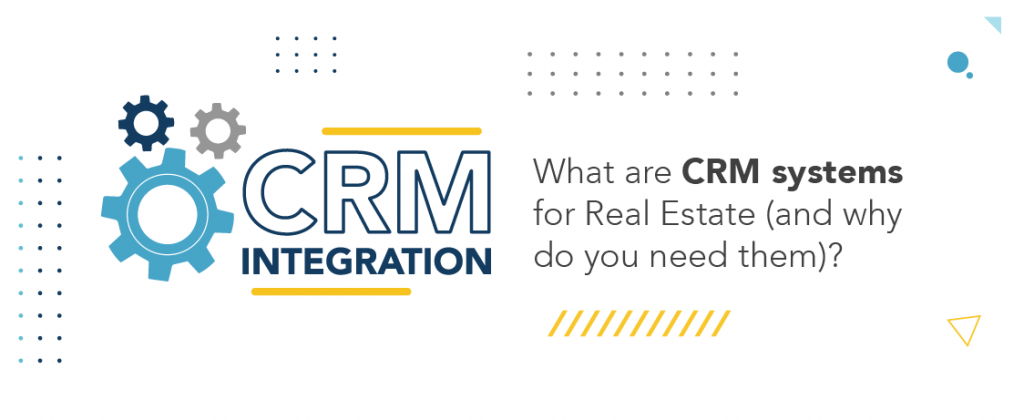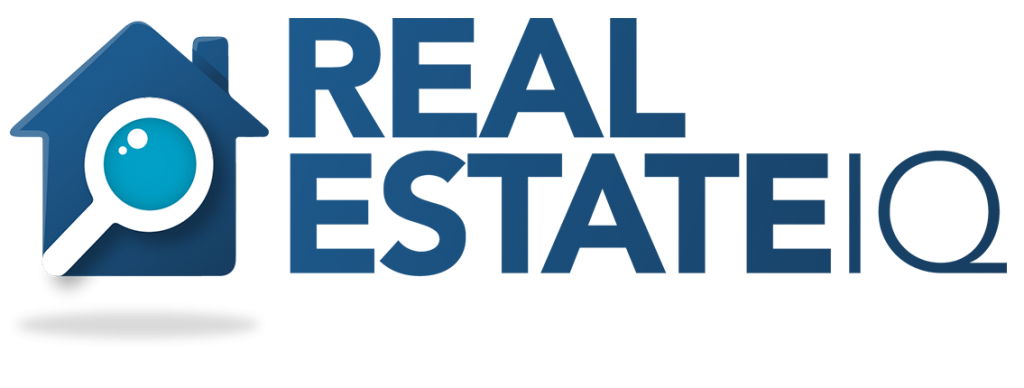If you’re beginning to dive into the real estate world, you might have realized that there’s too much information, and sometimes it’s hard to organize it. With that in mind, real estate investor Sonia Medrano hosted Real Estate IQ’s webinar “The ABC of how to buy your first property.” Joined by several experts, she explained the most important steps that can drive you straight to success. You can find a summary of her recommendations below.
1- Finding a property to buy

You can find opportunities in many places. On the one hand, property listings compile information on houses on sale or about to be sold. At Real Estate IQ, for instance, we have Off Market Leads listings. If you subscribe to our services, you’ll get periodic data on new properties with the skip tracing already included –and you can even filter only the types of properties you prefer and forget about spreadsheets with our new CRM Integration tool!–.
On the other hand, Medrano encouraged attendees to be alert to their surroundings. “It’s essential to use publicity, carry personal cards, and tell your family, friends, and associates –such as Uber drivers– that you’re in the business of buying and selling. You never know who might need your services,” she pointed out. But what happens if you don’t want (or don’t have the time) to check out listings and plan big marketing campaigns? Then you should find a wholesaler. These people buy lists, find properties, and put them under a contract that allows them to charge a small fee when selling them to investors.
In case you’d like to work with motivated sellers (the ones that need to sell their properties because of debts or missed mortgage payments), Medrano warned: “You have to be careful with the way you approach them. They’re going through a process that will lead to the loss of their homes, so you have to be empathetic and explain that you’re there to find a solution to their problem,” she advised. Furthermore, the real estate investor told Latin colleagues to look for deals in their communities since sharing a language could become an asset and increase the chance of sealing the deal.
2. Buying the property

Once you selected the house and contacted the homeowner, it’s time to close the deal. For this instance, Medrano recommended having a trustworthy real estate agent. He or she will be in charge of evaluating the property price according to its condition. Also, calculate the property value and your profits once all the repairs are done. To do this, both of you should visit the place and inspect its condition.
Each house has a different value, subjected to many factors. However, always keep in mind its location and surroundings (for instance, the nearby schools).
Sonia Medrano, Real Estate Investor
Once you reach an agreement on the costs and value, you start with the paperwork. To buy the property, you and the homeowner must sign a contract that will prevent him or her from selling the house to a third party after committing to you. The agreement includes information on the property and its owners and your data, offer, and period in which the transaction should be finished.
3. Validating the contract

At this stage, Title Companies make an appearance because you need them to validate the signed contract. These places are mediators in real estate transactions, and they endorse the legitimacy of the process. They are in charge of evaluating that the sellers are, in fact, the homeowners and that the property has no debts or liens. Moreover, they control and distribute the money among all parties involved.
4. Obtaining the money to buy the property

Until now, we haven’t discussed the crucial part of a transaction: the money. You’ll need cash to make the deposit and buy the property, and you might probably need a private lender as well. Unlike banks and other entities, private lenders typically give faster and more flexible credits, although it’s necessary to be aware of the commissions.
Private lenders based the loan on the property that’s about to be bought. And they have a few conditions before accepting you as a customer. First, they evaluate if you are a person of integrity; second, they assess if you or your team have the experience to pull out the project; and third, they analyze if the purchase makes sense (i.e., they revise the deal to find out its profitability).
5. Working on and selling the property

You’re now the proud owner of a new property! What’s next? Well, you have to start working on it. With your real estate agent cost assessment in mind, you are ready to start the rehab. At this point, it’s relevant to mention that there are two types of investment.
On the one hand, you can do a buy, fix and flip, which means you bought the property to repair and resell it. On the other hand, you can keep it for rental (this is known as buy, fix and hold). The latter is a long-time investment, while the first one it’s not advisable to ask for money for more than 3 to 6 months.
If you chose house flipping, your last step would be selling the property. Unless you have a license, you will need once again help from a real estate agent. Keep in mind that he or she will charge you a fee for the work.
Real estate agents are the ones that put the house on the market, show it to potential buyers, and do all the paperwork once it’s sold. You can publish it after finishing all the repairs or about a month before that. This last strategy will allow you to customize the property to the taste of its new owner. Either way, remember that selling a house now takes 30 to 45 days once it hits the market.
Disclaimer: The blog articles are intended for educational and informational purposes only. Nothing in the content is designed to be legal or financial advice.




